LandWISE introduced two new awards at the 2019 Conference. They recognise outstanding achievement among our members.
The Board determined that neither would be awarded lightly or necessarily regularly. They are to be special and valued.
In 2019, the inaugural year, both Awards were presented to Hugh Ritchie of Drumpeel Farms.

The LandWISE Sustainability Award
The Sustainability Award represents a no-till tine, reflecting technology and our origins working towards minimising soil erosion and improving soil quality. The base is 100 year old native New Zealand Black Mairie recycled from a fireplace surround, representing sustainability and longevity.

Honorary Membership
The Board has created a new category, “Honorary Life Member” and awarded this the Hugh Ritchie.

A Recipient of the LandWISE Honorary Life Membership will have shown extraordinary commitment including:
- Active contribution to the management, direction and development of LandWISE
- Active for 5 or more years as a LandWISE member/supporter/board member
- Actively promoting and helping raise the profile of LandWISE
An Honorary Life Member will have been an active ambassador for LandWISE.

Hugh has been involved in LandWISE since its inception, joining with Dan Bloomer, Stuart MacIntyre and Moray Grant to investigate ways to avoid soil loss from wind erosion. This resulted in projects to refine strip-tillage and then into auto-steer and precision farming investigations.
Following his Nuffield Scholarship, Hugh strongly promoted strip-tillage and the need for better irrigation management and system checks.
Hugh’s awareness of the need to check irrigation systems led to our project on Irrigation Performance which now forms the basis of Irrigation New Zealand’s Code of Practice for Piped Irrigation Performance Assessment and NZQA qualifications. The Bucket tests that are increasingly part of the farming scene are the direct result of this initiative.
Hugh was Chair of LandWISE for over ten years, and while no longer a Board member continues to provide practical and intellectual support. The foundation he helped establish has proved solid, and allows us to continue as we do today.




















 LandWISE 19 “Rethinking Best Pratice” wrapped up less than a week ago, and we’re already in the planning stages for 2020. However, before we get too carried away with that, we reflect on this year’s conference and its highlights.
LandWISE 19 “Rethinking Best Pratice” wrapped up less than a week ago, and we’re already in the planning stages for 2020. However, before we get too carried away with that, we reflect on this year’s conference and its highlights.


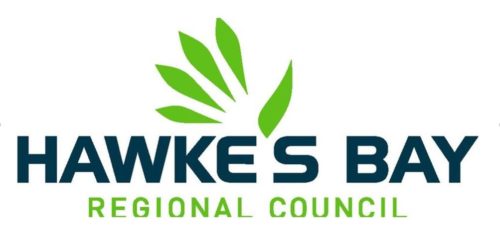
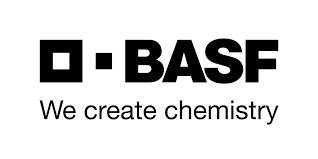
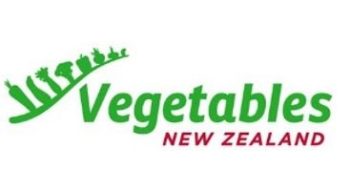
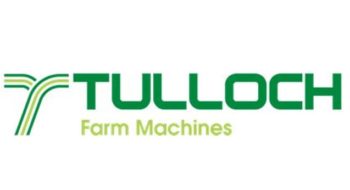
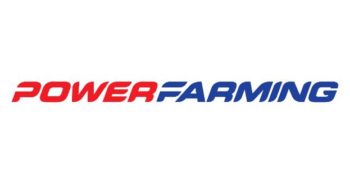
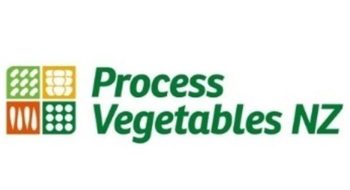
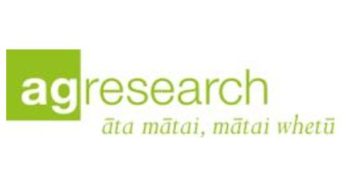
 Drumpeel Farms has been run as a continuous mixed cropping farm since 1962 but had been cropped prior to that time. Key to the ongoing success of this farm has been a 5-year rotation utilizing legumes, cereals, seeds and stock.
Drumpeel Farms has been run as a continuous mixed cropping farm since 1962 but had been cropped prior to that time. Key to the ongoing success of this farm has been a 5-year rotation utilizing legumes, cereals, seeds and stock.

 John van der Linden is a Viticulturist with Villa Maria Estate, NZ’s most awarded wine company. He has developed a wealth of viticultural experience and knowledge having grown up on a vineyard, owned and managed his own vineyards, studied and lectured in Viticulture and worked as a Viticulturist in Hawkes Bay and Marlborough for some major NZ wine companies. One of John’s philosophies is that ‘there is always a better way’ and so innovation, sustainability and continuous improvement play a big part in his role.
John van der Linden is a Viticulturist with Villa Maria Estate, NZ’s most awarded wine company. He has developed a wealth of viticultural experience and knowledge having grown up on a vineyard, owned and managed his own vineyards, studied and lectured in Viticulture and worked as a Viticulturist in Hawkes Bay and Marlborough for some major NZ wine companies. One of John’s philosophies is that ‘there is always a better way’ and so innovation, sustainability and continuous improvement play a big part in his role.
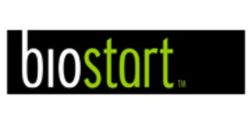
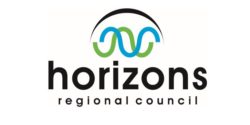
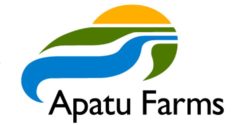
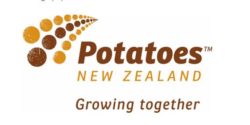




 Simon White is a Co-Founder and Director of Kanapu Hemp Foods Limited New Zealand. Simon has spent the last 9 years running the family farm in Otane, CHB.
Simon White is a Co-Founder and Director of Kanapu Hemp Foods Limited New Zealand. Simon has spent the last 9 years running the family farm in Otane, CHB.



